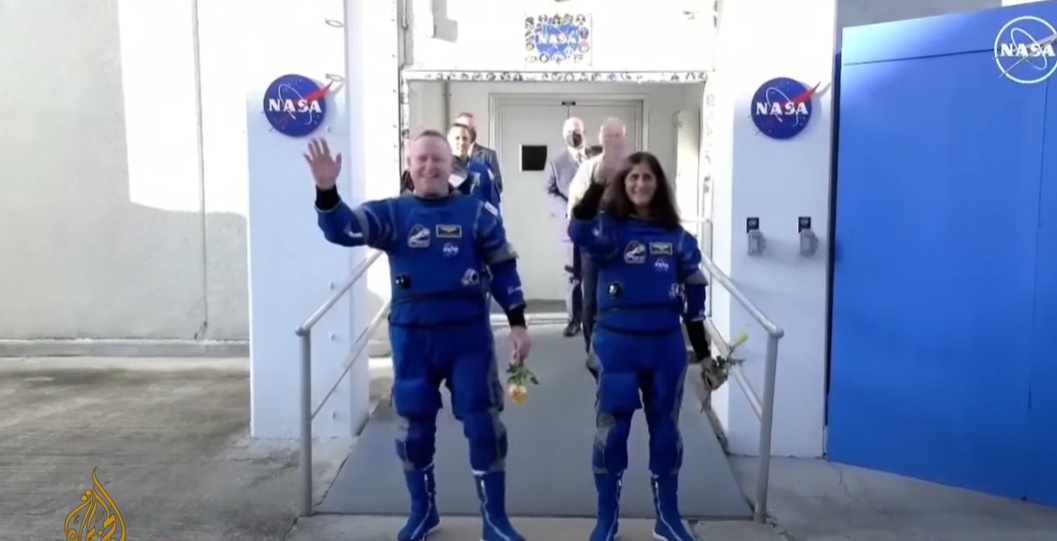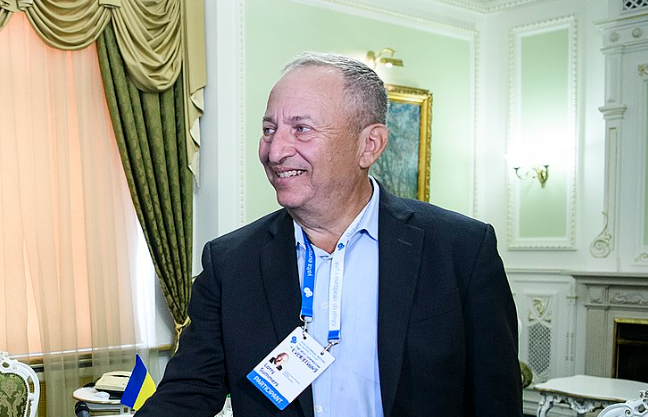NASA Astronaut’s First Interview Reveals Shocking Health Revelation

©️ Al Jazeera English
NASA astronaut Sunita “Suni” Williams, along with colleague Barry “Butch” Wilmore, returned to Earth on March 18, 2025, after an unexpected 286-day mission aboard the International Space Station (ISS).
Originally planned as an eight-day mission, their extended stay resulted from technical issues with Boeing’s Starliner capsule.
Mission Extension and Adaptation

The mission’s extension was due to malfunctioning thrusters and helium leaks in the Starliner capsule, which prevented their scheduled return. Instead of returning on Starliner, they were reassigned to come back aboard a SpaceX vessel as per an existing transportation contract.

Williams and Wilmore adapted by integrating into the ISS crew, contributing to various scientific experiments and station maintenance.
Upon her return, Williams demonstrated remarkable physical resilience. She engaged in daily exercise routines during her time on the ISS to mitigate muscle atrophy and bone density loss associated with prolonged exposure to microgravity. These efforts contributed to her maintaining physical health despite the extended mission.
Health Challenges in Space
Extended periods in microgravity can lead to muscle atrophy and bone density loss. NASA explains that the absence of gravitational force results in decreased muscle use and bone deterioration. Additionally, astronauts may experience fluid shifts, leading to facial puffiness and pressure on the eyes, potentially causing vision issues.

Despite the challenges, Williams remained mentally resilient. Reflecting on the mission’s unexpected extension, she stated, “My first thought was, we just got to pivot… We planned, we trained that we’d be there for some part of a time, so we were ready to just jump into it and take on the tasks that were given to us.”
Readjustment to Earth
Back on Earth, Williams is readjusting to daily life, enjoying simple pleasures like walking her dog and spending time with family. She also expressed appreciation for everyday foods, sharing her enjoyment of grilled cheese sandwiches upon return.

Williams and Wilmore continue to undergo rehabilitation to counteract the effects of prolonged weightlessness. Their experiences provide valuable insights for future long-duration space missions, contributing to our understanding of human adaptability in space.
Despite the technical issues faced, both astronauts have expressed confidence in Boeing’s Starliner capsule. They acknowledged the need for improvements but stated they would fly on the Starliner again, emphasizing the importance of resilience and learning from challenges.
Williams’ journey underscores the physical and mental challenges astronauts face during extended missions and highlights the resilience required to overcome them.
Read also: 6 Shocking Health Struggles NASA Astronauts Face After 9 Months in Space


